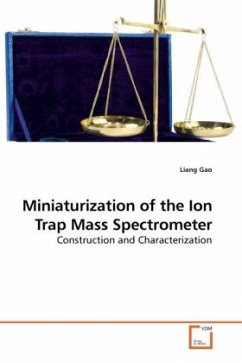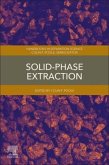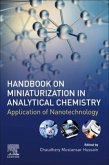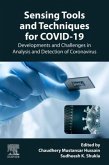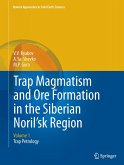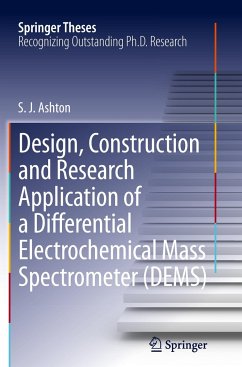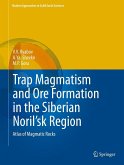The development of miniature ion trap mass spectrometers has been an active area, fueled by the promising analytical capabilities and the convenience of fast in situ analysis. The objective is to miniaturize mass spectrometers in weight, size, and power consumption while retaining the analytical capabilities of mass spectrometry at the same time. The book focuses on the instrumentation of miniature ion trap mass spectrometers, including ionization, ion transfer, mass analyzer, ion detection and related vacuum and electronic techniques. Two miniature mass spectrometers, a 10 kg Mini 10 with electron impact ionization source, developed in 2005 and a 5 kg Mini 11 with multiple ionization sources, developed in 2008, are introduced. The technical details of key components are discussed. Special focus is given to a glow discharge electron impact ionization source, which is an ideal substitute for the filament electron source used in the electron impact ionization, and a discontinuous atmospheric pressure interface, which enables the implementation of atmospheric pressure ionization sources in miniature ion trap mas spectrometers with limited pumping capabilities.

